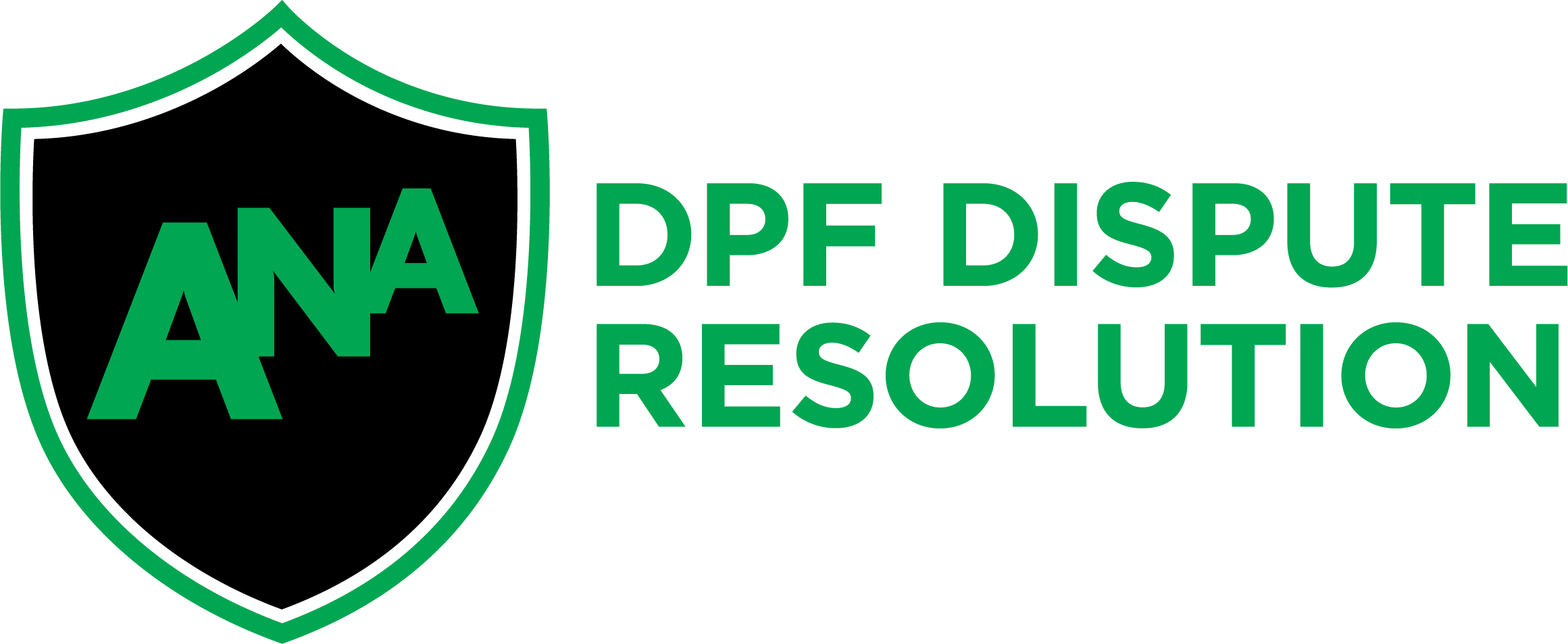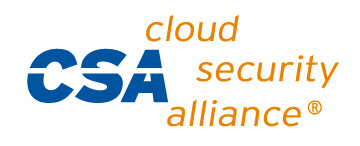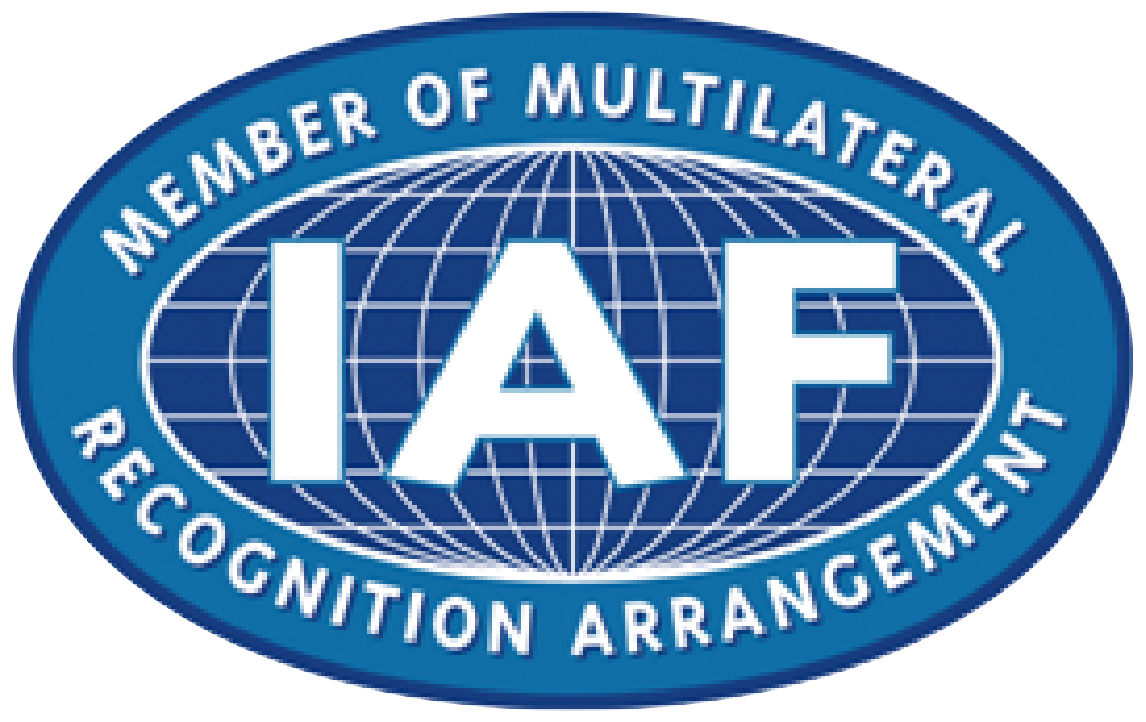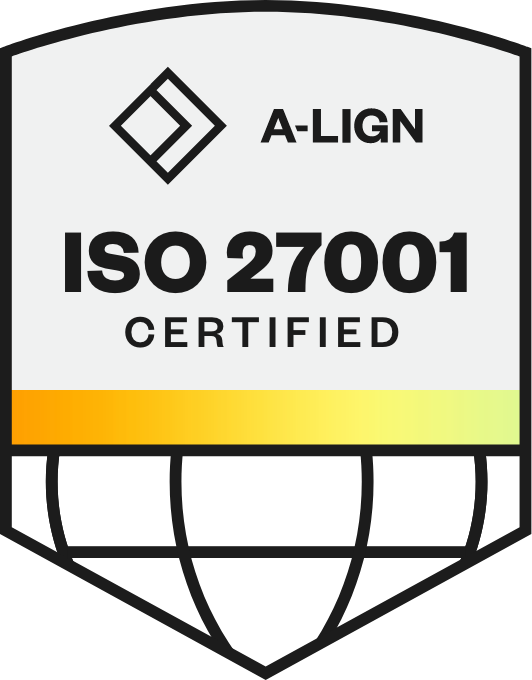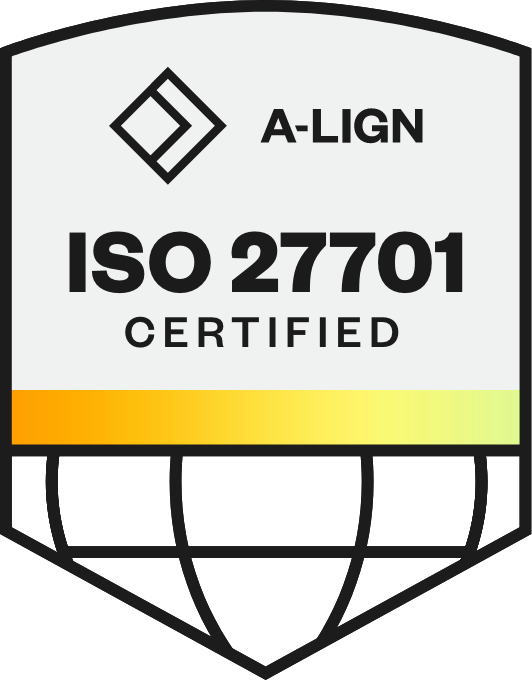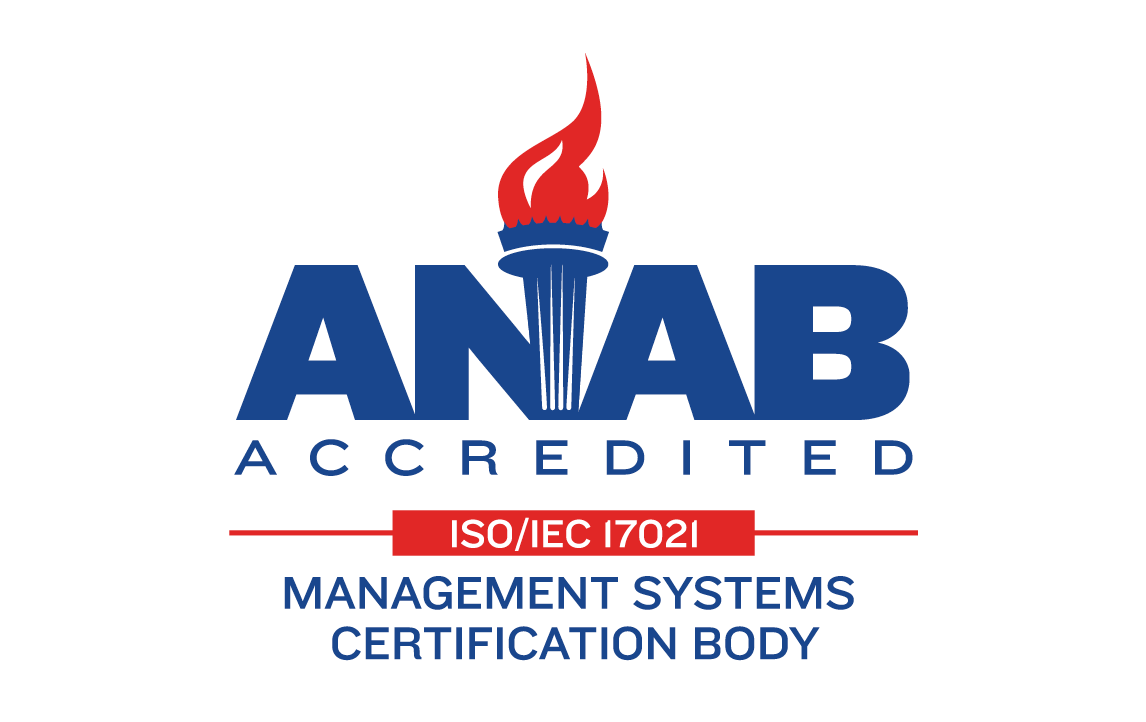
Trends Shaping Candidate Screening in Today’s Hiring Landscape
For HR teams facing pressure to fill roles quickly while maintaining quality, AI and screening technologies offer practical ways to process applications faster and potentially reduce some forms of bias. These tools—from resume analysis software to automated assessments and video interviews—have become standard for talent teams trying to efficiently identify promising candidates in today's changing hiring landscape.
But success depends on thoughtful implementation that balances technology's efficiency with human judgment and ethical considerations. The key question isn't whether to use these tools, but how to use them in ways that actually improve hiring outcomes for both organizations and candidates.
In the latest episode of the We're Only Human podcast, Ben Eubanks of Lighthouse Research & Advisory hosted a dynamic conversation with Craig Drysdale, VP of Talent and Engagement - UK at Leonardo, and Matthias Leitzmann, VP of Talent Acquisition at Mastercard. The discussion centered on how advanced screening tools and AI are reshaping talent acquisition in today’s competitive hiring landscape.
Read on for the highlights!
The Shift Toward Data-Driven Screening
“Until we understand the skills of our people or the candidates we’re screening, we won’t be able to respond effectively to market pressures. Data-driven decisions are the foundation of modern talent acquisition,” said Eubanks.
This insight reflects one of the most important trends in recruitment today: the growing reliance on data to streamline and strengthen the screening process. More organizations are turning to advanced tools that help them analyze historical hiring data, track conversion rates, and evaluate the external talent market in an effort to make smarter, faster decisions.
“We have no excuse not to know how easy or hard it will be to fill a particular position,” shared Leitzmann. “Once you have that data, you can have those thoughtful conversations with hiring managers, challenging them to think differently about what they truly need.”
This kind of data-driven approach enables recruiters to:
Identify bottlenecks in the hiring funnel
Predict the difficulty of filling specific roles
Refine job requirements to better align with market realities
“By analyzing past recruitment data and market trends, we can better advise hiring teams on realistic expectations for roles and ensure alignment from day one,” added Drysdale.
Respect, Speed, and the Power of Automation in High-Volume Hiring
“Candidates tell us over and over again that the best way companies can show respect is by responding quickly,” said Eubanks. “Screening tools that automate responses and prioritize top candidates help recruiters focus on what matters most: building relationships.”
Still, high-volume hiring remains a significant challenge. With thousands of applications pouring in for a limited number of roles, organizations are under pressure to move fast without sacrificing quality. That’s where automation and AI are stepping in to transform the early stages of hiring.
Today’s HR technology is helping solve this challenge by automating repetitive tasks and enabling faster, more informed decisions. From screening to scheduling, these tools empower recruiters to spend their time where it matters most — engaging top talent.
Here’s how:
Automated Screening: AI-powered systems review resumes and score candidates based on predefined criteria, enabling recruiters to make data-driven decisions about who to advance.
Video Interviews: Candidates can showcase their skills and personality early in the process, giving hiring teams a fuller view of their potential.
Automated Interview Scheduling: Automated tools coordinate calendars and book interviews without the back-and-forth. “Automated scheduling has helped us accelerate our hiring process while freeing up recruiters to focus on meaningful interactions with candidates,” noted Leitzmann.
“We received over 60,000 applications for 450 early-career positions last year,” shared Drysdale. “Screening at the beginning of the process is absolutely fundamental — it allows us to respond quickly while focusing on candidates who are truly the closest fit for our roles.”
Together, these technologies not only increase efficiency but also elevate the candidate experience—ensuring timely responses, smoother communication, and a hiring process that feels more human.
Related resource: State of High-Volume Hiring: 2025 Benchmarks Report
The Rise of Pre-Application Screening
A growing trend in talent acquisition is the shift toward pre-application screening, which is the practice of identifying and evaluating potential candidates before they formally apply. Rather than relying solely on inbound applications, recruiters are proactively seeking out talent and building relationships earlier in the process.
“Proactively identifying candidates before they enter the application process allows us to engage them earlier and create a more tailored experience,” explained Drysdale.
With the right tools — particularly those that combine talent insights with sourcing capabilities — organizations can:
Build pipelines of qualified candidates
Engage passive talent through targeted outreach
Reduce reliance on reactive application processes
“Almost everyone we’re looking to hire is findable before they apply,” said Leitzmann. “By using data and technology, we can pre-screen talent before they apply and nurture those relationships intentionally.”
Eubanks echoed this sentiment: “Pre-screening talent before they apply is like modern marketing — it’s about engaging passive candidates early and nurturing them through personalized outreach.”
This approach not only gives companies a head start in the hiring process — it also helps ensure that candidates feel seen and valued from the very beginning.
Related reading: How Conversational AI is Transforming HR Interactions & Candidate Experience
Navigating New Job Families and Skills Gaps
AI has given rise to entirely new job families — roles that didn’t exist just a few years ago. As a result, organizations are under pressure to rethink how they define roles, identify the right talent, and align job expectations with an evolving market.
“The traditional way of looking at resumes won’t cut it anymore. We need to shift toward assessing skills directly — what people can actually do on the job — not just their job titles or degrees,” emphasized Eubanks.
This shift is prompting companies to ask critical questions:
How do we define roles that are still emerging?
What skills truly matter for success in these positions?
How can we ensure job descriptions reflect both current and future needs?
To address these gaps, organizations are adopting skills-based hiring practices and moving beyond degrees and titles to focus on real-world competencies.
“By focusing on skills rather than traditional qualifications, we’ve been able to expand our talent pool while meeting evolving business needs,” shared Drysdale.
As job requirements continue to evolve, this approach not only helps companies fill hard-to-define roles — it ensures they're building a workforce that’s agile, capable, and ready for what’s next.
Related resource: State of Skills: 2024 Market Data Report
A Tech-Enhanced Candidate Experience
While automation plays a crucial role in streamlining hiring processes, delivering an exceptional candidate experience remains essential. Today’s job seekers expect more than just efficiency — they want transparency, personalization, and opportunities to truly connect with potential employers.
“When somebody engages with us, automations help make their experience top-notch, creating moments that excite candidates about working with us,” said Leitzmann.
Candidates value timely feedback and the chance to demonstrate their abilities beyond a resume. That’s why leading organizations are turning to technology to enable experiences that are both efficient and meaningful. Key strategies include:
Providing immediate clarity on application status through automated updates
Using video assessments or case studies to allow candidates to showcase their skills
Offering engaging content that reflects company culture and values
“Video assessments bring applications to life much sooner in the process,” noted Drysdale. “They allow candidates to showcase their potential beyond static resumes while speeding up decision-making for recruiters.”
Eubanks reinforced the importance of personalization at scale: “The best way to elevate candidate experience is by focusing on transparency and personalization. AI can help with this by automating updates and creating tailored interactions.”
Related resource: State of Candidate Experience: 2025 Benchmarks Report
Key Takeaways
As candidate screening continues to evolve, several best practices are emerging to help organizations strike the right balance between innovation and human connection.
Experiment Safely: New tools and technologies can be game-changers — but only if implemented thoughtfully. A phased approach ensures teams can fine-tune processes and mitigate risks before scaling up. “Testing safely has been crucial for us. It allows us to learn and adapt without committing fully upfront,” shared Drysdale.
Lead with Data: Today’s most successful recruitment strategies are grounded in insight. “Look internally first, analyze conversions second, then assess external market supply. This is critical for setting yourself up for success,” added Leitzmann. By using historical hiring data and market intelligence, recruiters can set realistic expectations and make informed decisions from the start.
Prioritize Human Connection: While automation and AI can boost efficiency, they should never replace genuine human interaction. “With all this AI and automation, there’s going to be a premium on genuine human experiences, and that’s what excites me most about being in talent acquisition today,” said Leitzmann. Relationships remain the heart of hiring and technology should be used to create space for more meaningful connections.
By embracing innovation while staying grounded in human-centric practices, organizations can confidently navigate today’s complex hiring landscape — and emerge stronger on the other side.
Want to modernize your screening process without losing the human touch? Chat with a Phenom expert.
Get the latest talent experience insights delivered to your inbox.
Sign up to the Phenom email list for weekly updates!



